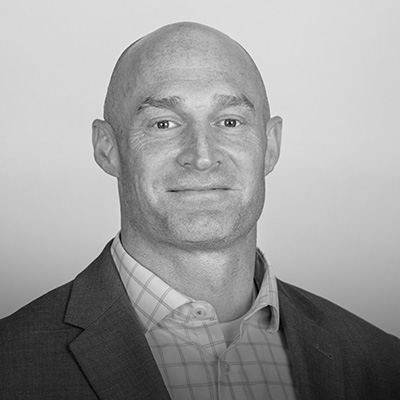The purpose of the Wyoming Brownfields Revolving Loan Fund (WBRLF) is to facilitate the reuse and/or redevelopment of contaminated sites by making low cost funding available for financing environmental cleanups.
Brownfields are defined as abandoned, idled, or under-utilized industrial and commercial facilities where expansion or redevelopment is complicated by real or perceived environmental contamination. A major barrier to redeveloping Brownfields sites in Wyoming is the fact that contaminated sites have marginal economic feasibility after considering remediation costs. Even in the growing Wyoming real estate market, properties might sometimes be avoided because of liability and cleanup cost concerns.

The WBRLF is a partnership, based on a formal Memorandum of Understanding, between the Wyoming Business Council and the Wyoming Department of Environmental Quality. The funding for the program originated with a 2018 USEPA grant in the amount of $800,000, providing loans for eligible applicants, including private developers and citizens, as well as, sub-grants for towns, cities, counties and other eligible entities. In order to be eligible to receive a sub-grant or loan from the WBRLF for cleanup of an impacted site, the owner of the site must enroll in the Voluntary Remediation Program (https://deq.wyoming.gov/shwd/voluntary-remediation-program/), and the site must be found eligible by EPA.
The WBRLF program will accomplish its purpose by providing loans and sub-grants to carry out cleanups throughout the entire State of Wyoming. Similar revolving loan funds, such as those supporting investments in wastewater treatment, drinking water and general economic development, typically are capitalized with a combination of Federal, State and/or local funds. Through the provision of direct loans, usually at below market interest rates, such revolving loan funds are able to become self-sufficient sources of capital funds for targeted purposes (i.e., in the case of the WBRLF program, Brownfields cleanups). The fund revolves by using loan repayments (principal and interest) and other program income to provide new loans and other assistance for authorized purposes. If properly managed, such funds can operate in perpetuity.
EPA provides significant flexibility to its Brownfields Program’s Revolving Loan Fund (RLF) cooperative agreement recipients (CARs) to negotiate terms with potential borrowers and subgrantees (or subrecipients). This flexibility allows CARs to create enabling conditions for redevelopment of brownfields sites. CARs can structure their loans to eligible borrowers for allowable activities in a manner that is most conducive to local market conditions and community needs.
Flexibility is a cornerstone of the RLF program and the program promotes the use of these financial tools:
Many CARs take advantage of these flexible financial tools, individually or as a combination, to advance cleanup of brownfields sites and spur redevelopment.
Need more information? Don’t hesitate to get in touch with John Wendling at [email protected] or Cindi Martinez at [email protected].

214 West 15th St.
Cheyenne, WY 82002
This facility is a gun-free zone per W.S. 6-8-101 et seq. statute.
© 2024 Wyoming Business Council